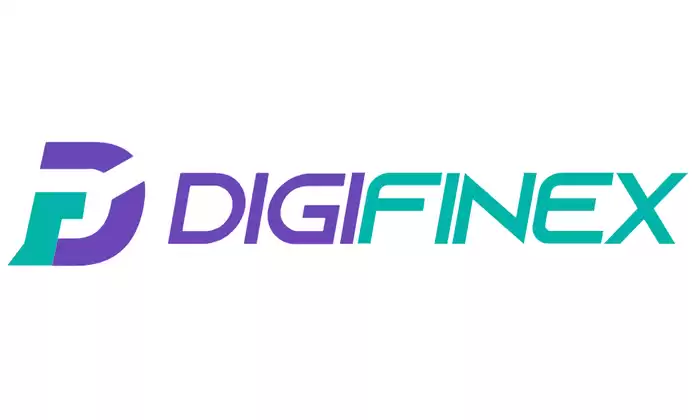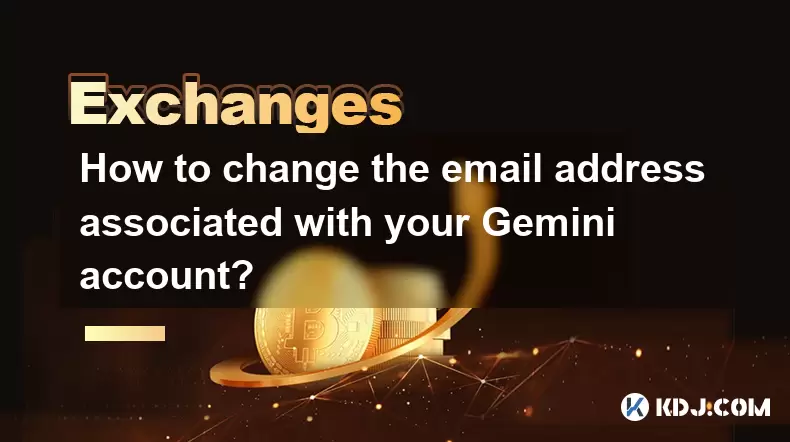-
 Bitcoin
Bitcoin $115100
1.27% -
 Ethereum
Ethereum $3675
2.71% -
 XRP
XRP $2.995
1.45% -
 Tether USDt
Tether USDt $1.000
0.02% -
 BNB
BNB $769.8
2.64% -
 Solana
Solana $168.0
3.25% -
 USDC
USDC $0.9999
-0.01% -
 TRON
TRON $0.3371
1.48% -
 Dogecoin
Dogecoin $0.2051
3.36% -
 Cardano
Cardano $0.7394
2.30% -
 Hyperliquid
Hyperliquid $38.15
0.42% -
 Stellar
Stellar $0.3966
-0.36% -
 Sui
Sui $3.486
2.93% -
 Chainlink
Chainlink $16.72
2.52% -
 Bitcoin Cash
Bitcoin Cash $568.0
4.36% -
 Hedera
Hedera $0.2440
2.59% -
 Ethena USDe
Ethena USDe $1.001
0.04% -
 Avalanche
Avalanche $22.16
2.06% -
 Litecoin
Litecoin $119.1
-0.73% -
 UNUS SED LEO
UNUS SED LEO $8.991
0.04% -
 Toncoin
Toncoin $3.232
-0.39% -
 Shiba Inu
Shiba Inu $0.00001233
2.82% -
 Uniswap
Uniswap $9.717
2.53% -
 Polkadot
Polkadot $3.664
1.85% -
 Dai
Dai $1.000
0.01% -
 Monero
Monero $281.2
-3.89% -
 Bitget Token
Bitget Token $4.350
1.55% -
 Cronos
Cronos $0.1428
5.07% -
 Pepe
Pepe $0.00001050
3.68% -
 Aave
Aave $262.3
3.54%
Can DigiFinex play leverage?
To engage in leveraged trading on DigiFinex, traders must open a margin account, fund the account with sufficient funds, select the desired trading pair and leverage ratio, then execute trades and monitor positions for risk management.
Nov 28, 2024 at 09:43 am

Can DigiFinex Play Leverage?
DigiFinex is a renowned cryptocurrency exchange that offers a wide range of trading services, including leveraged trading. Leveraged trading involves using borrowed funds to increase the potential profit from trades. While it can magnify profits, it also amplifies potential losses.
To engage in leveraged trading on DigiFinex, traders must possess a margin account. This account allows them to borrow funds from the exchange to enhance their trading power. The leverage ratio determines the extent to which borrowed funds are utilized. For instance, a 10x leverage ratio implies that for every $1 of equity in the margin account, $10 can be borrowed for trading.
Leveraged trading on DigiFinex involves the following steps:
1. Open a Margin Account:
- Navigate to the "Margin" section on the DigiFinex platform.
- Click "Open Margin Account."
- Select the desired trading pairs for which leverage is sought.
- Confirm the account details and acknowledge the risks associated with leveraged trading.
2. Fund the Margin Account:
- Transfer funds from a spot trading account or an external wallet to the margin account.
- Ensure that the account balance exceeds the required margin for the intended trades.
3. Select Trading Pair and Leverage Ratio:
- Choose the trading pair on which leveraged trading is to be executed.
- Specify the desired leverage ratio. Higher leverage ratios amplify both potential profits and losses.
4. Place a Trade:
- Determine the entry and exit points for the trade.
- Choose the order type (e.g., market, limit, stop-loss).
- Execute the trade by specifying the trade amount and price.
5. Monitor and Manage Risk:
- Regularly monitor the performance of leveraged trades.
- Adjust positions or exit trades if necessary to manage risk.
- Maintain a sufficient margin balance to cover potential losses.
6. Close the Position and Repay Loan:
- Once the trade is completed, close the position to realize profits or losses.
- Repay the borrowed funds used for leverage, along with any accrued interest.
7. Withdraw Funds:
- Transfer any remaining funds from the margin account to a spot trading account or external wallet.
Leveraged Trading Risks:
Leveraged trading magnifies both potential profits and losses, making it crucial to understand the associated risks:
- Increased Losses: Losses are amplified by the leverage ratio, potentially leading to substantial capital depletion.
- Margin Calls: If the margin balance falls below a certain level due to adverse price movements, a margin call may be issued, requiring the trader to deposit additional funds or close positions.
- Liquidation: Failure to meet a margin call can result in forced liquidation of positions, leading to significant losses.
Conclusion:
Leveraged trading on DigiFinex can enhance profit potential but also amplifies risks. Traders must carefully consider their risk tolerance, market conditions, and trading strategies before engaging in leveraged trading. Responsible risk management practices, such as maintaining sufficient margin and monitoring positions regularly, are essential to mitigate risks and optimize trading outcomes.
Disclaimer:info@kdj.com
The information provided is not trading advice. kdj.com does not assume any responsibility for any investments made based on the information provided in this article. Cryptocurrencies are highly volatile and it is highly recommended that you invest with caution after thorough research!
If you believe that the content used on this website infringes your copyright, please contact us immediately (info@kdj.com) and we will delete it promptly.
- TRX, RUVI, and CoinMarketCap: What's Buzzing in the Crypto Sphere?
- 2025-08-07 05:31:17
- Cryptos Primed for 5x Gains? Ozak AI Spotlights Hot Projects
- 2025-08-07 05:41:42
- Cryptos with ROI Potential: BlockDAG Leading the Charge
- 2025-08-07 04:50:14
- OZAK AI: Is This AI Product Poised for ChatGPT-Level Returns?
- 2025-08-07 03:30:13
- Cryptos to Watch: Cold Wallet's Rewarding Edge Over Tron
- 2025-08-07 04:12:40
- SEC, Liquid Staking, and Crypto: A New Dawn?
- 2025-08-07 03:30:13
Related knowledge

How to set and manage alerts on the Gemini app?
Aug 03,2025 at 11:00am
Understanding the Gemini App Alert SystemThe Gemini app offers users a powerful way to stay informed about their cryptocurrency holdings, price moveme...

How to use the Gemini mobile app to trade on the go?
Aug 04,2025 at 09:14am
Setting Up the Gemini Mobile AppTo begin trading on the go using the Gemini mobile app, the first step is installing the application on your smartphon...

How to set up a corporate account on Gemini?
Aug 05,2025 at 03:29pm
Understanding Gemini Corporate AccountsGemini is a regulated cryptocurrency exchange platform that supports both individual and corporate account crea...

How to change the email address associated with your Gemini account?
Aug 06,2025 at 08:49pm
Understanding the Importance of Updating Your Email on GeminiYour email address serves as a primary identifier and communication channel for your Gemi...

What to do if you forgot your Gemini password?
Aug 04,2025 at 03:42am
Understanding the Role of Passwords in Gemini AccountsWhen using Gemini, a regulated cryptocurrency exchange platform, your password serves as one of ...

What are the websocket feeds available from the Gemini API?
Aug 03,2025 at 07:43pm
Overview of Gemini WebSocket FeedsThe Gemini API provides real-time market data through its WebSocket feeds, enabling developers and traders to receiv...

How to set and manage alerts on the Gemini app?
Aug 03,2025 at 11:00am
Understanding the Gemini App Alert SystemThe Gemini app offers users a powerful way to stay informed about their cryptocurrency holdings, price moveme...

How to use the Gemini mobile app to trade on the go?
Aug 04,2025 at 09:14am
Setting Up the Gemini Mobile AppTo begin trading on the go using the Gemini mobile app, the first step is installing the application on your smartphon...

How to set up a corporate account on Gemini?
Aug 05,2025 at 03:29pm
Understanding Gemini Corporate AccountsGemini is a regulated cryptocurrency exchange platform that supports both individual and corporate account crea...

How to change the email address associated with your Gemini account?
Aug 06,2025 at 08:49pm
Understanding the Importance of Updating Your Email on GeminiYour email address serves as a primary identifier and communication channel for your Gemi...

What to do if you forgot your Gemini password?
Aug 04,2025 at 03:42am
Understanding the Role of Passwords in Gemini AccountsWhen using Gemini, a regulated cryptocurrency exchange platform, your password serves as one of ...

What are the websocket feeds available from the Gemini API?
Aug 03,2025 at 07:43pm
Overview of Gemini WebSocket FeedsThe Gemini API provides real-time market data through its WebSocket feeds, enabling developers and traders to receiv...
See all articles

























































































